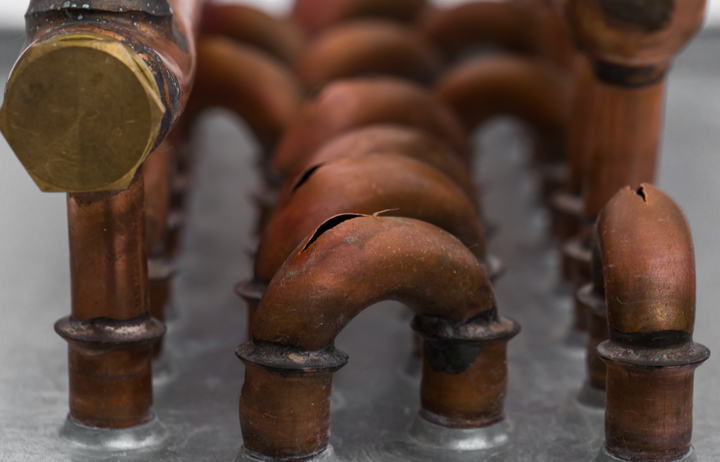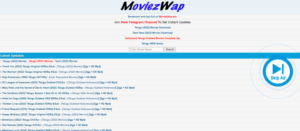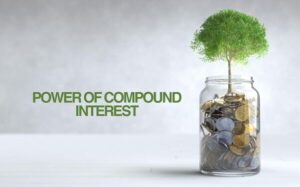Protection from Corrosion with Wet Blasting

It is a process that uses high-pressure water and media to blast away the surface corrosion on metal parts. There are a few different types of surfaces that need protection from corrosion. This article will explore all of these topics in greater detail, so be sure to read on!
Wet Blasting Overview
It is a process that uses water to clean and remove debris from surfaces. It can be used on metal, concrete, stone, and other types of materials. The effects of blasting depend on the surface being blasted and the size of the particles being removed.
The most common type of wet blast is hydro blasting. Hydroblasting uses high-pressure water to break down the surface so that it can be cleaned. This type of blast has less effect on metals than other types of blasts, but it can damage concrete and other materials if not done correctly.
Pneumatic blasting uses air pressure to blast away material. This type of blast is more effective at removing smaller particles than hydro blasting, but it can also damage concrete and other materials.
Contact blasting uses liquid nitrogen to freeze the surface before blasting. This freezes any dust or debris that’s on the surface, making it easier to remove. It is effective at removing larger particles than either pneumatic or hydro blasting, but it can also cause damage if it’s not done correctly.
What Effects Does Wet Blasting Have on Corrosion?
It is a process that is used to remove any corrosion on metal surfaces. It creates a high-velocity water jet that can break down the surface rust on metals. This leaves a clean, shiny finish that can last for many years. It can also be used on other types of materials, such as wood and brick.
Wet blasting is a form of corrosion protection that uses high-pressure water to clean and remove rust, paint, and other contaminants from metal surfaces. The process is also known as an immersion or wet scrubbing.
Corrosion can occur when the surface of a metal object comes into contact with moisture, oxygen, and other elements. Wet blasting equipment can help protect metal surfaces from corrosion by removing the contaminants that cause them to rust. The process starts with a cleaning agent being injected into the targeted area. Then, high-pressure water is sprayed onto the surface in a continuous pattern for several minutes.
The intense pressure forces the cleaning agent and any debris into the water stream, where it is whisked away. The result is a clean surface that’s free of rust and other contaminants. Wet blasting also helps to restore painted surfaces and damaged metals.
The main benefits of wet blasting are that it is environmentally friendly and simple to use. It also has less impact on the surrounding area than other techniques, such as acid etching or sandblasting.
Types of Surfaces That Require Wet Blasting
This process is often used to clean various types of surfaces. It can be used to remove contaminants such as paint, varnish, and sealants from surfaces. This process uses water mixed with high-pressure air to remove the contaminants.
The effects of blasting depend on the type of surface that it is used on. Some surfaces may require less pressure and water while others may require more pressure and water. Different types of materials also have different requirements when it comes to blasting.
Some common materials that require wet blasting are metal, stone, plastic, concrete, and composites. Metal requires higher pressures and temperatures to clean. Wet blasting equipment helps protect the metal from rust, corrosion, and oxidation. Plastic requires lower pressures and temperatures in order to clean properly. Higher heat and pressures are needed to clean composite materials.
One of the many benefits of using blasting equipment is the ability to clean contaminated surfaces quickly and easily without damaging the material itself. Additionally, it is an environmentally friendly process as it does not use any harsh chemicals or solvents.
Conclusion
It is a great way to clean and restore surfaces that have been damaged by weather or other means. By using the correct type of wet blast solution, you can remove all types of dirt, mold, and residue from the surface being cleaned. In addition to cleaning, it can also improve the appearance of surfaces by smoothing out any cracks or irregularities. Before beginning any project requiring blasting, be sure to consult with a professional blaster to get an accurate estimate of the work required and find the best solution for your specific situation.

Mahesh Kumar is a dynamic marketing consultant and tech enthusiast with a passion for driving business growth through his innovative strategies and cutting-edge technology. With 6 years of experience in the industry, he has helped numerous businesses leverage the power of digital marketing to reach their target audience, build brand awareness, and increase sales.







